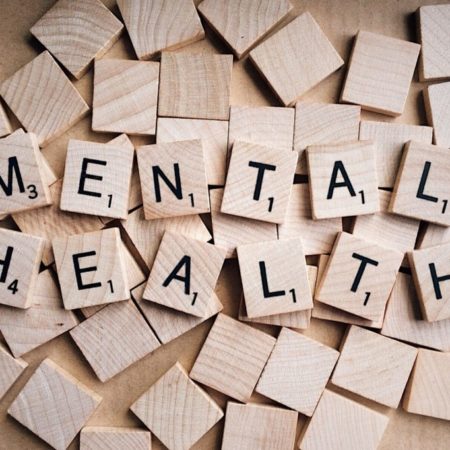It’s Time We Started Designing Good Mental Health into Construction Projects
Health and safety is an established feature in every construction project and in every responsible contractor. While the industry still doesn’t have a perfect health and safety record it’s reasonable to say that keeping people safe and protecting them from injury or physical harm has become much more important in how the industry plans and executes projects.
It would be unthinkable that any customer, designer or contractor would knowingly choose to execute a project in a way that increased the risk of physical harm – either during or after the project. But can we say the same for mental health and wellbeing?
Initiatives such as Mates in Mind are doing a valuable job of starting to change perceptions and improve the culture around mental health and wellbeing in construction. But is there a risk that we are too accepting of the belief that the nature of the work will always lead to stress, anxiety and depression in some of the workforce?
We’re slowly getting better at managing the impact, but should we also focus more on prevention?
Can We Design Out Stress Factors?
A lot of construction work has always been associated with long and unsocial hours, working away from home and tight deadlines. The reality behind this is that people have less time for family and social activities and less opportunity to exercise or lead a ‘normal’ life.
There’s a strong argument that the industry needs to take greater account of the impact of working practices when balancing priorities and designing projects. Questions that could be asked more often include:
- Could we use a local subcontractor instead of expecting people to work a long way from home?
- Can more infrastructure projects be re-engineered so that they can be carried out mostly during normal hours rather than relying on overnight closures?
- What are the likely mental health and wellbeing impacts of each project and what support do we need to put in place? This could include mental health first-aiders, toolbox talks or access to a gym or sports facilities nearby.
We also can’t ignore the impact that a well-designed built environment has on general wellbeing. More thought needs to be given to the experience of using, living in or working in assets after they are completed, particularly for those with impaired abilities. Virtual reality is already helping us, for example, to visualise assets being used by somebody with impaired vision.
There is a growing awareness of the importance of mental wellbeing and good mental health. The toll taken in terms of lost working hours, reduced productivity, illness and even suicide means that every organisation in the chain, from commissioning to delivery, will have to put planning for good mental health higher on the agenda than it has historically been.

